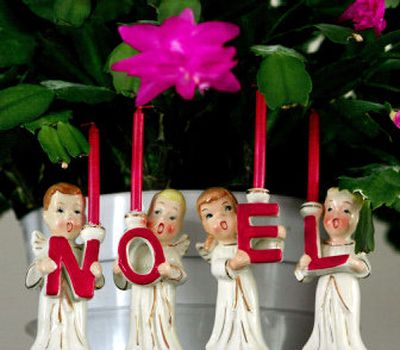Waxy buildup dims candle market

CUMBERLAND, Maine – Kathy Higgins has holiday candles in her living room. They’re on windowsills. They’re next to beds and in both bathrooms. They’re on the dining room table, the buffet table, and the coffee table.
This is the season for candles, with a third of annual sales coming during a two-month period capped by the Christmas, Hanukkah, Kwanzaa and New Year’s holidays.
But the $2 billion candle industry, which enjoyed its heyday in the 1990s, has shown signs of maturing in recent years. Annual sales growth, once 10 to 15 percent, has slowed to around 2 or 3 percent, according to the National Candle Association.
With so many candles – hundreds either displayed or in storage – Higgins demonstrates how the market for premium candles has evolved in recent years. She is scaling back her candle purchases because she has more than she could ever burn.
“If you count them, they add up. They’re everywhere. I don’t think the house is big enough for all of them,” said Higgins, who’s displaying more than 50 pillars, votives, tapers and tea lights, as well as novelty candles shaped like Christmas trees, reindeer, angels and snowmen. Dozens more are stored in boxes in the basement.
A.C. Nielsen figures show candle and candle-accessory sales in mass merchandisers, supermarkets and drug stores dropped 2.7 percent in the 12 months leading up to Nov. 5. Those figures don’t take into account specialty stores.
But that doesn’t mean people aren’t buying candles.
At this time of the year, candles will be on dinner tables. They’ll be in Jewish menorahs, Christian candlelight services and Kwanzaa’s kinaras. They’ll be used as decorations, to set a mood, and to add fragrance. They’ll be given as gifts.
Maine’s Village Candle has made adjustments and is still growing. So has Yankee Candle Co., the nation’s leading maker of premium scented candles. Despite the maturing market, most large candle makers are still going strong, the NCA says.
“As with any trend, there is an initial spike in sales while consumers try the new items. Sales are now flattening out and normalizing due to the market maturing,” said Tammie Deauseault, vice president of product development at Village Candle.
In the late 1980s, Yankee Candle blazed the trail with dozens of different scented candles to choose from. Others, including Maine’s Village Candle, tapped into the trend. In Topsham, Paul Aldrich’s hobby of making candles in his kitchen was transformed into a company with a 90,000-square-foot factory and more than 100 employees.
Retailers like Bath and Body Works boosted their candle offerings. California-based Illuminations founded a line of boutique candle stores in 1996, and Limited Brands launched White Barn Candle Co. three years later.
Blyth, maker of Colonial and Carolina candles, created a sensation with PartyLight events, the candle equivalent of Tupperware parties.
“It was just this incredible boom in the 1990s. Suddenly people seemed to be interested in candles. It’s was also the same time that people became interested in scented candles. The two trends merged together,” said Barbara Miller from the National Candle Association, whose members account for 90 percent of candles made in the United States.
Despite the maturing market, there’s still plenty of room for growth, said Rick Ruffolo, spokesman for Yankee Candle in South Deerfield, Mass.
Already, candle makers are expanding into new markets, joining the market for plug-in scents and other home fragrances. Village and Yankee even have lines of fresheners for cars and trucks, and Village has patio candles that repel insects.